Day 5 (January 28, 2019)
Kawai, Tokushima → Minokoshi Pass → Nagoro, Tokushima
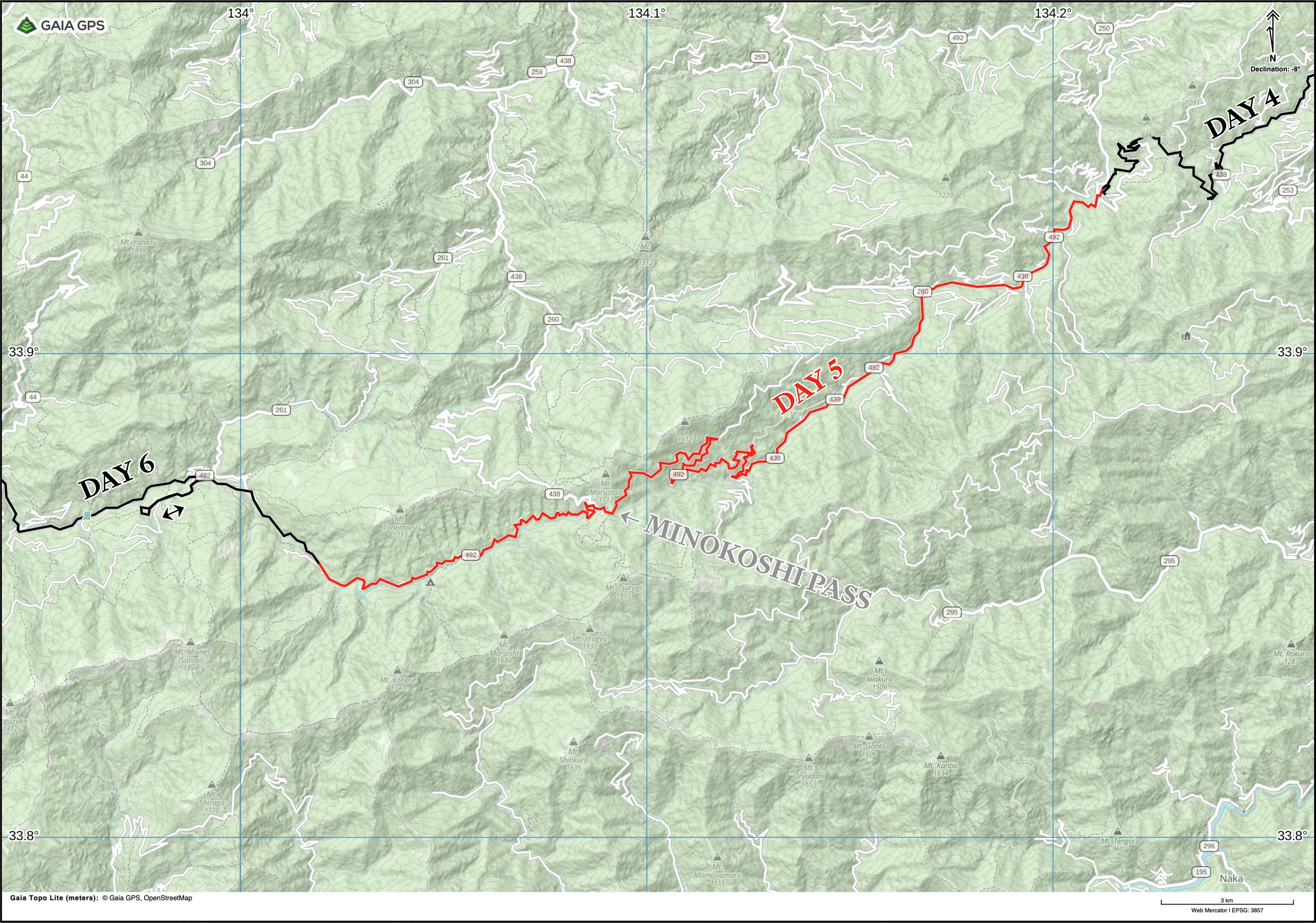
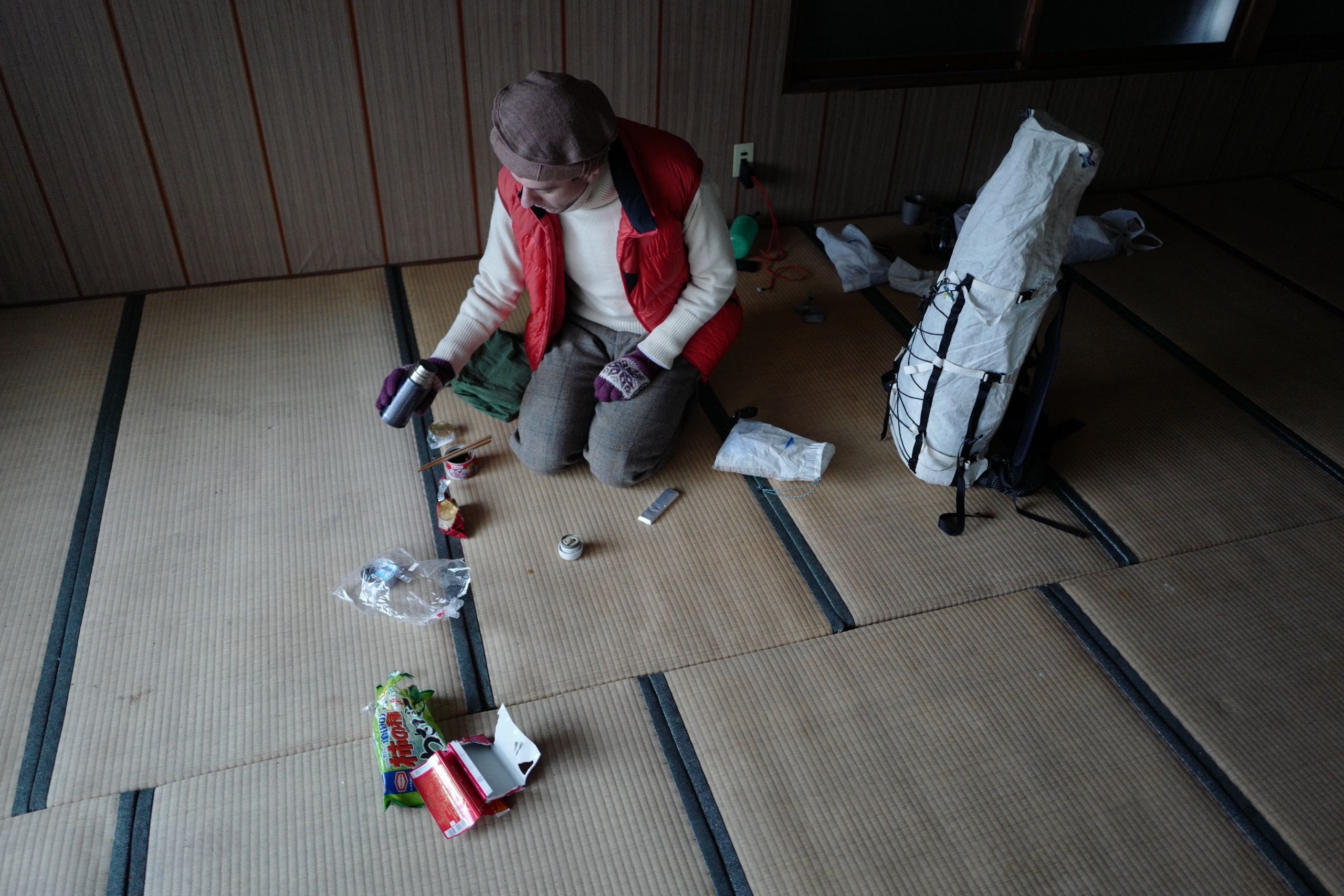
Join us for breakfast! On this Monday morning — after waking to the dispiriting sight of the thermometer just below freezing in our room, the attic of a laundromat in a village lacking any other business — a very mountaineer-y spread of canned tuna, crackers, chocolate, and cold coffee. Just the thing for a walk into the sky.
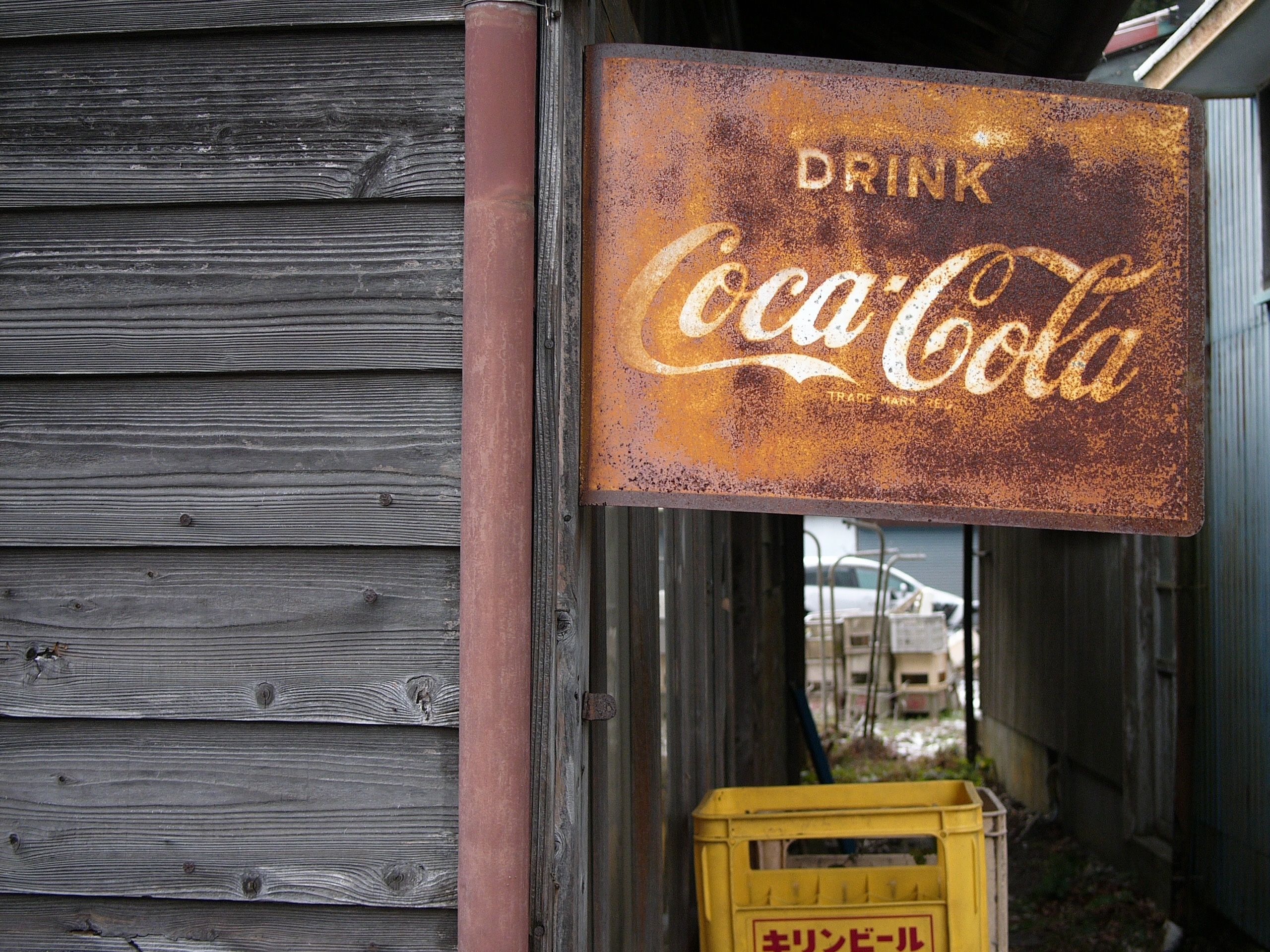
Business idea:
- Collect vintage Coke signs from rural Japan
- Sell them to Airbnb decorators
- Profit!
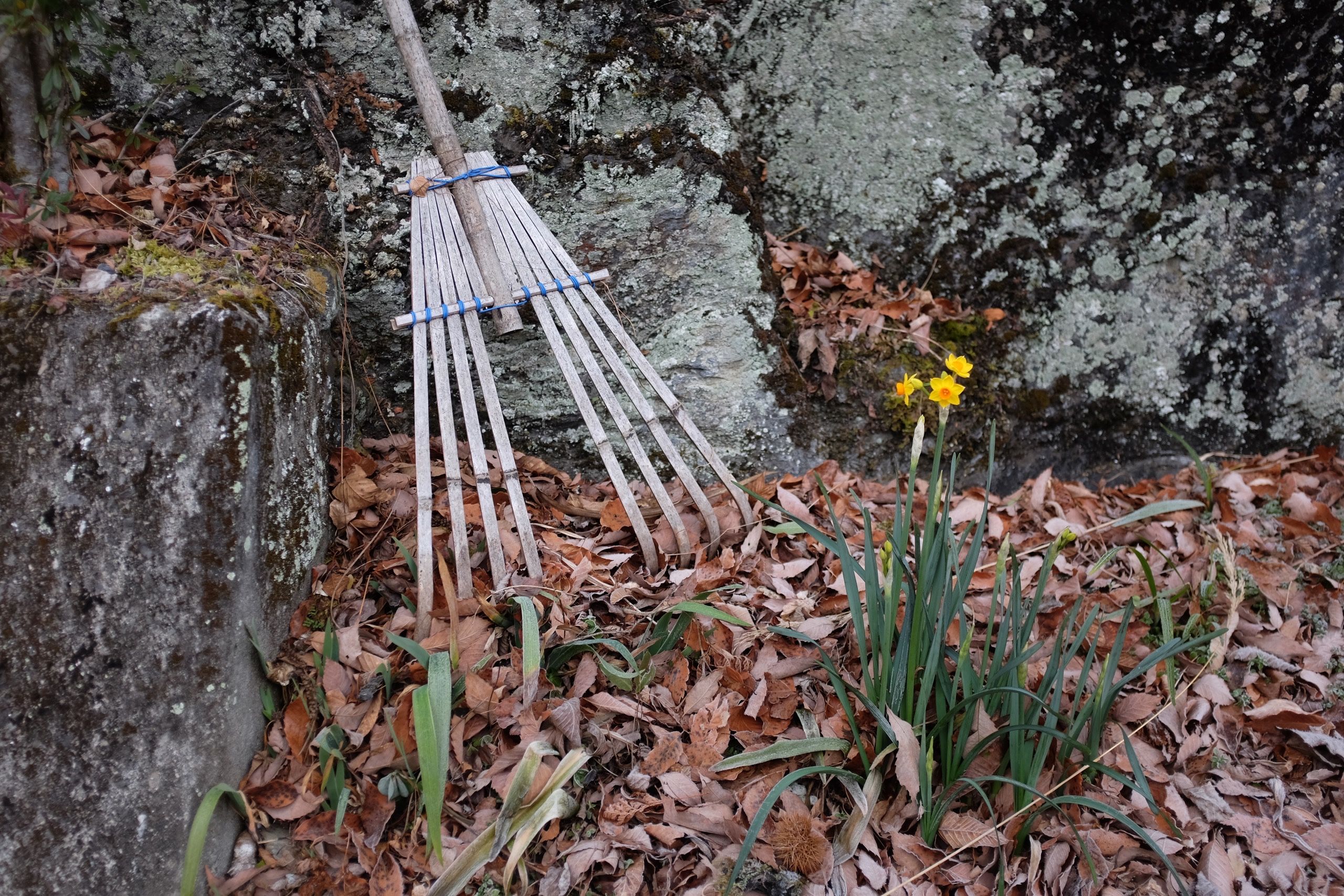
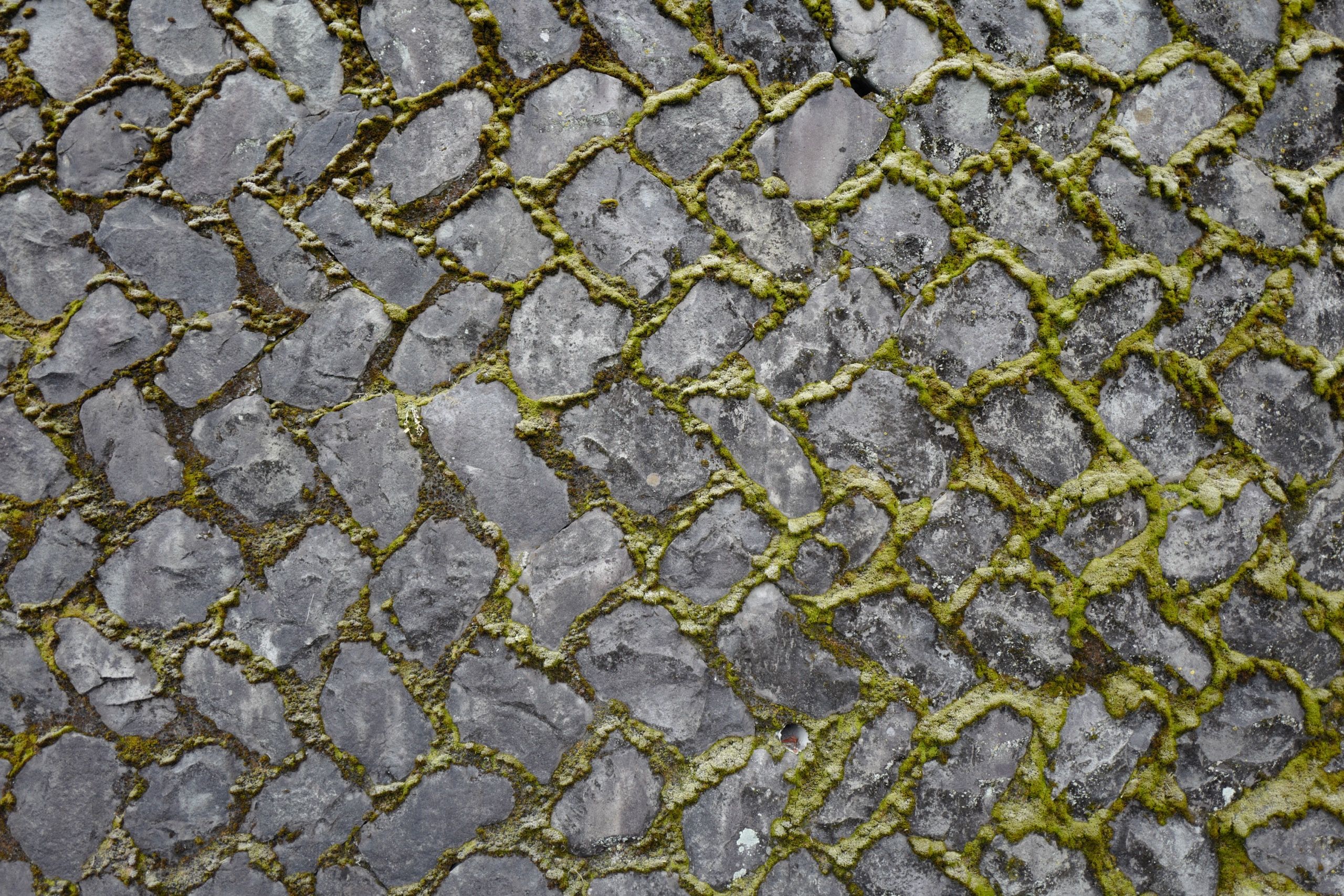
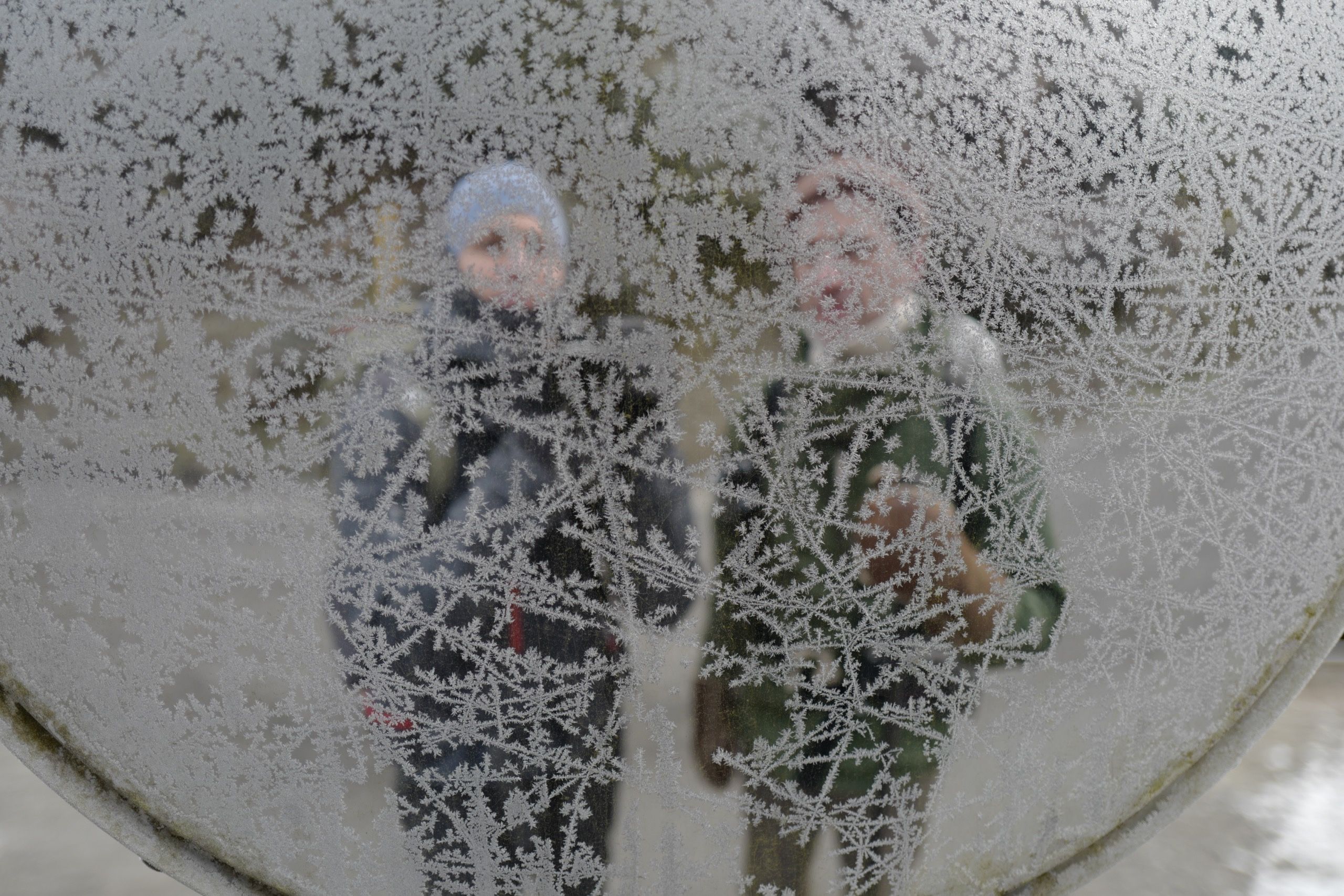
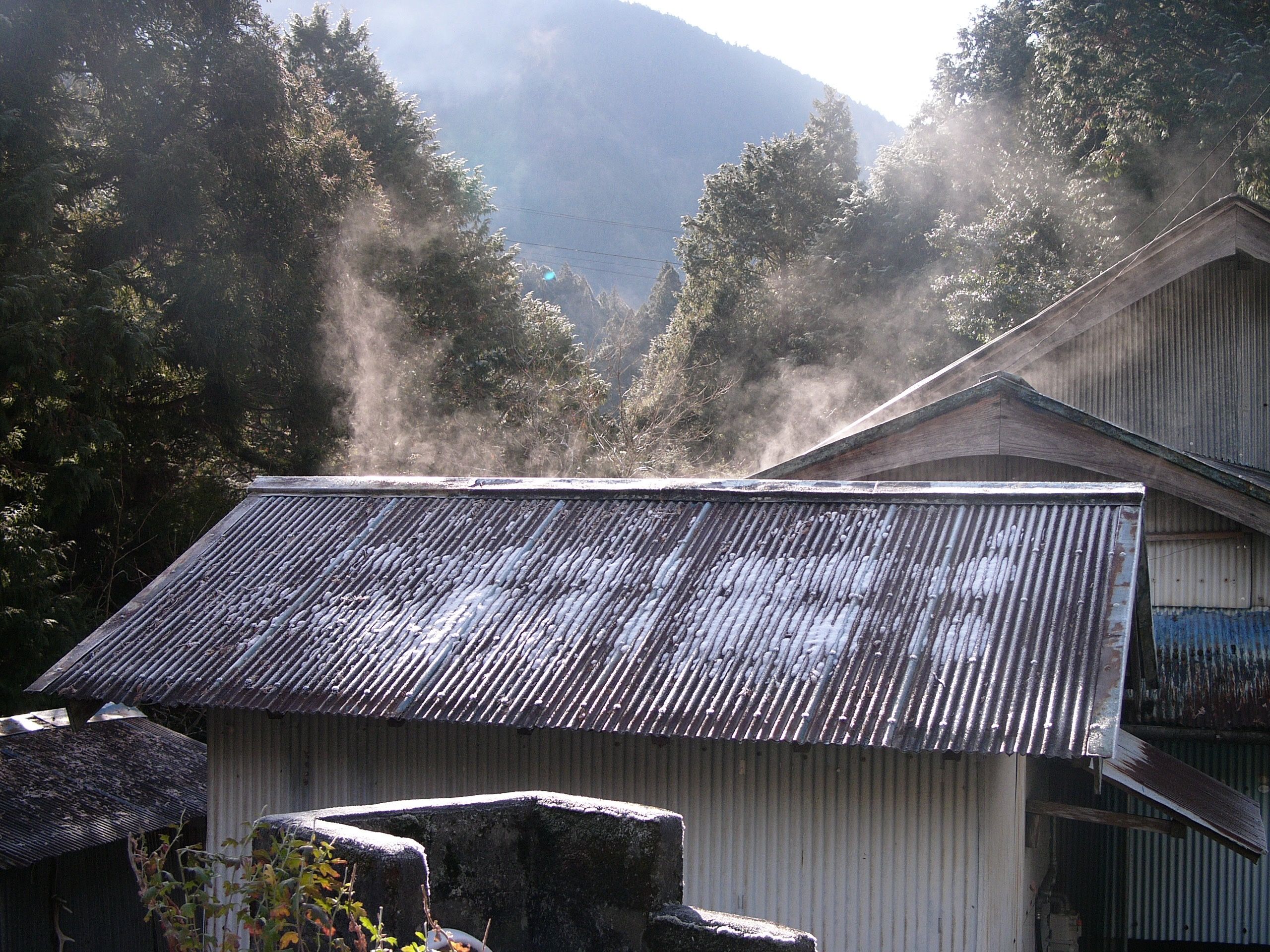
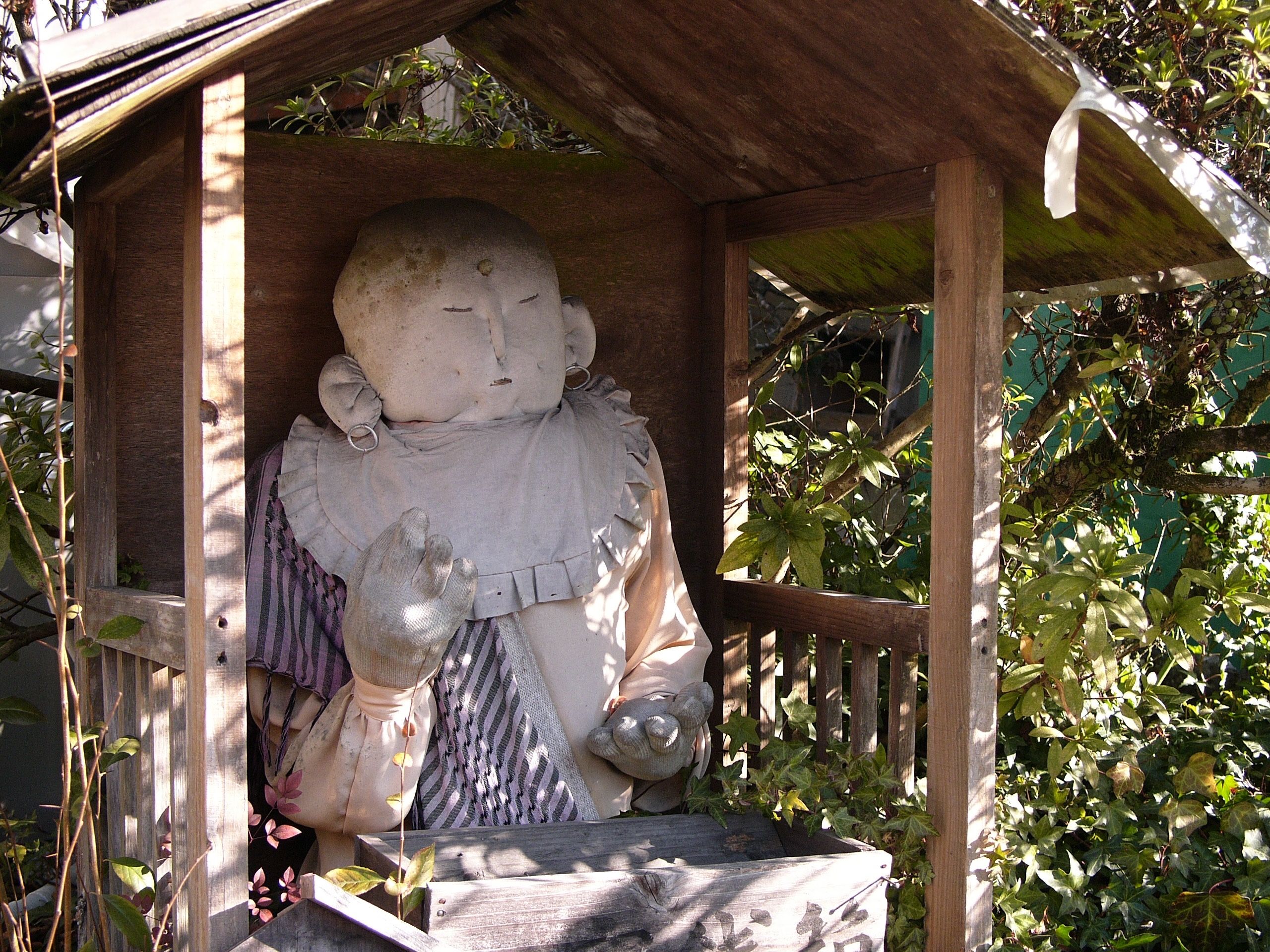
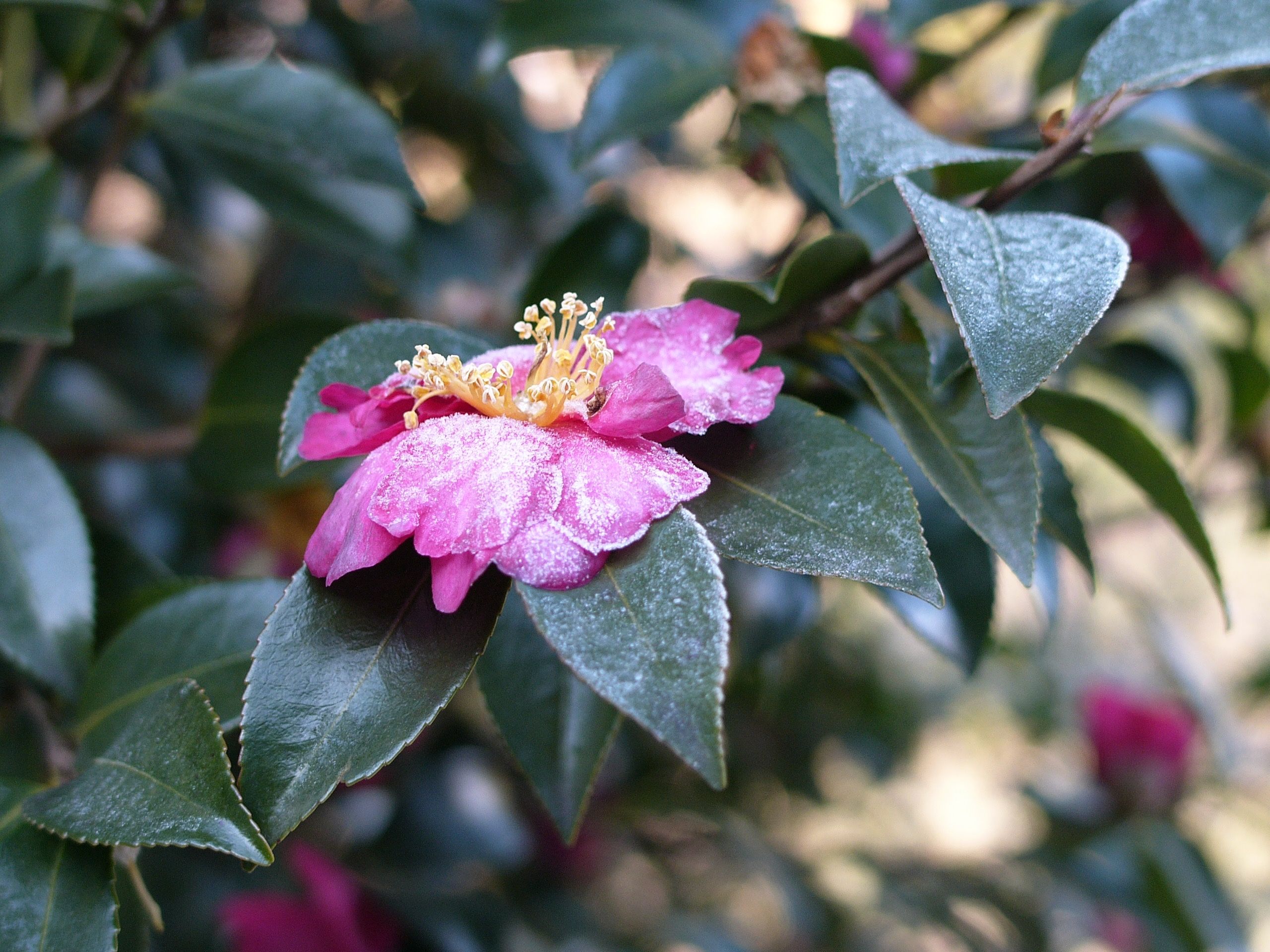
Quite a few mind-altering substances come in the shape of white powders, the sight of frost on camellia blossoms on a dreadfully cold morning amongst them.
At some point, it became impossible to resist the lure of ringing one of the fire alarms which lined the road that climbed up the valley of the Anabuki River. We tried to be discreet, but even the gentlest touch Gyula could apply created a sound which reverberated across the valley.
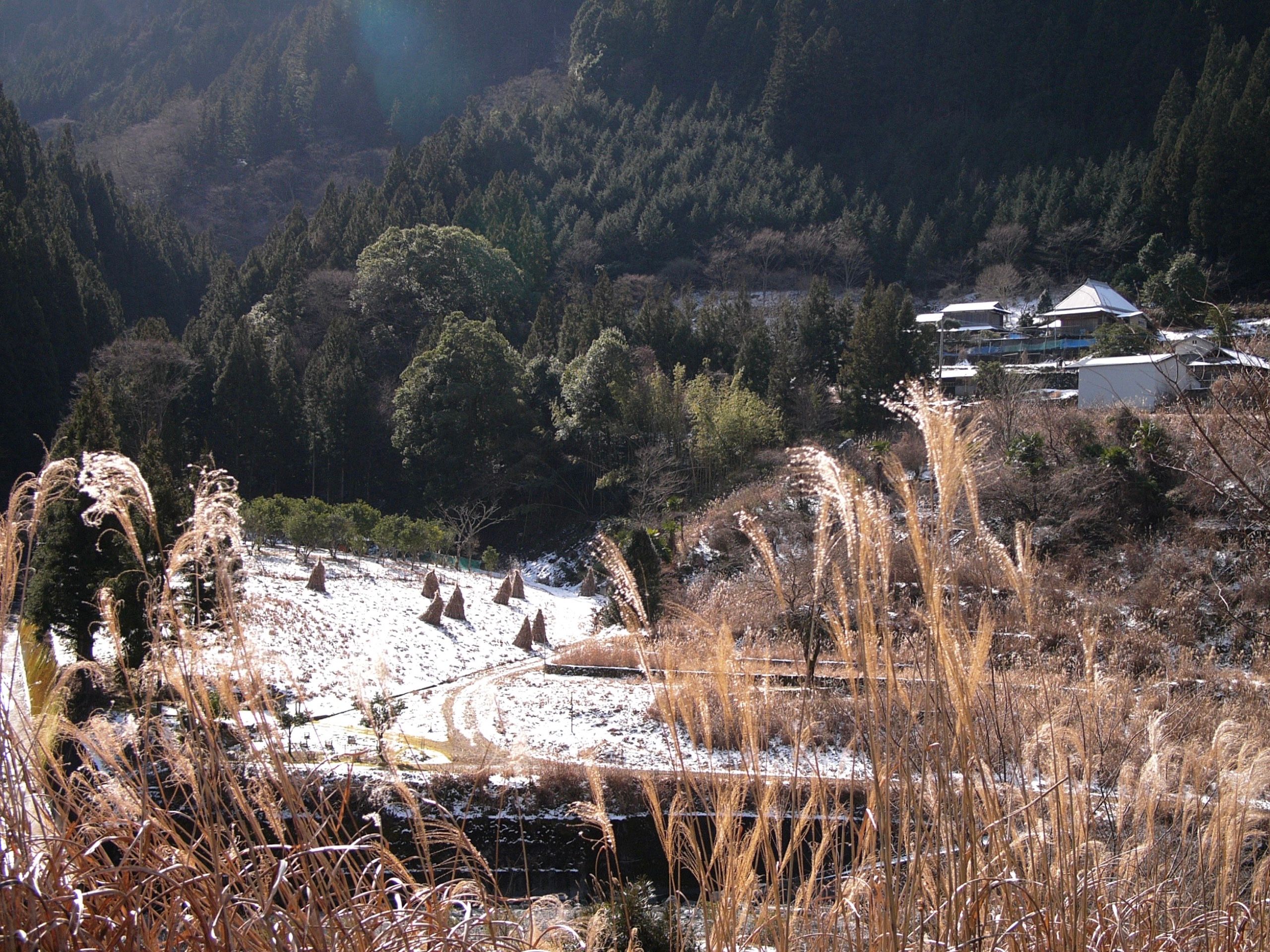
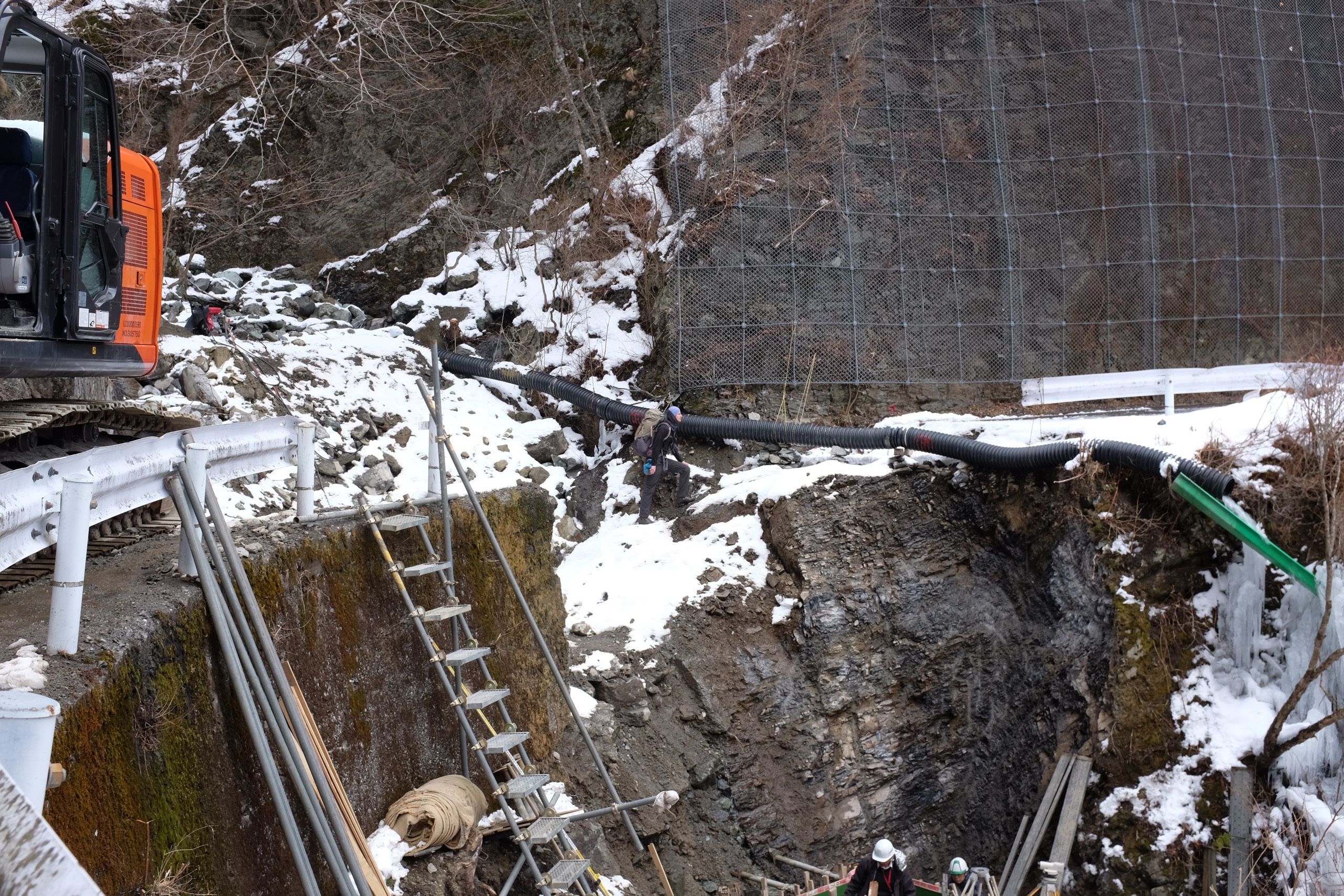
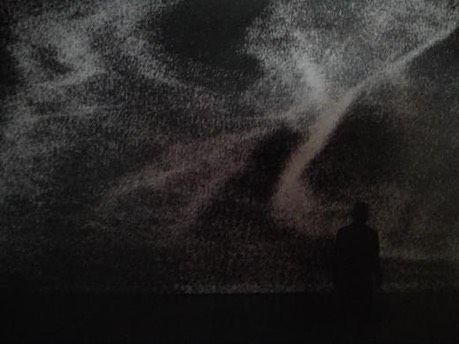
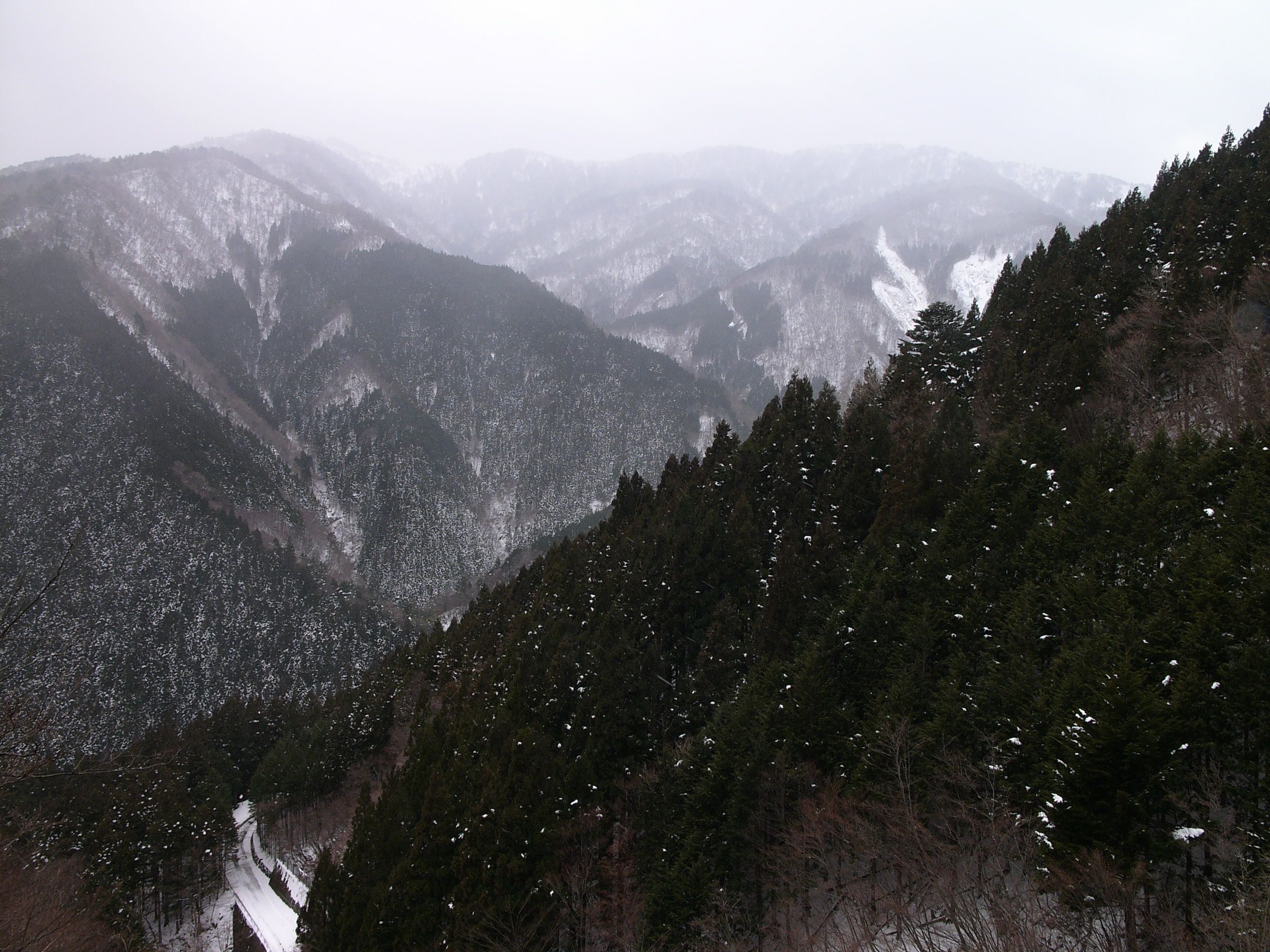
Looking back on the road climbing towards Mount Tsurugi and the Iya Valley vs. a photo of the choreographer and video artist Hiroaki Umeda. (Special thanks Lili Král for the art curation.)
Almost a mile high in the sky, we make the final approach to the high pass which leads into the Iya Valley from the east, across the shoulder of Mount Tsurugi.
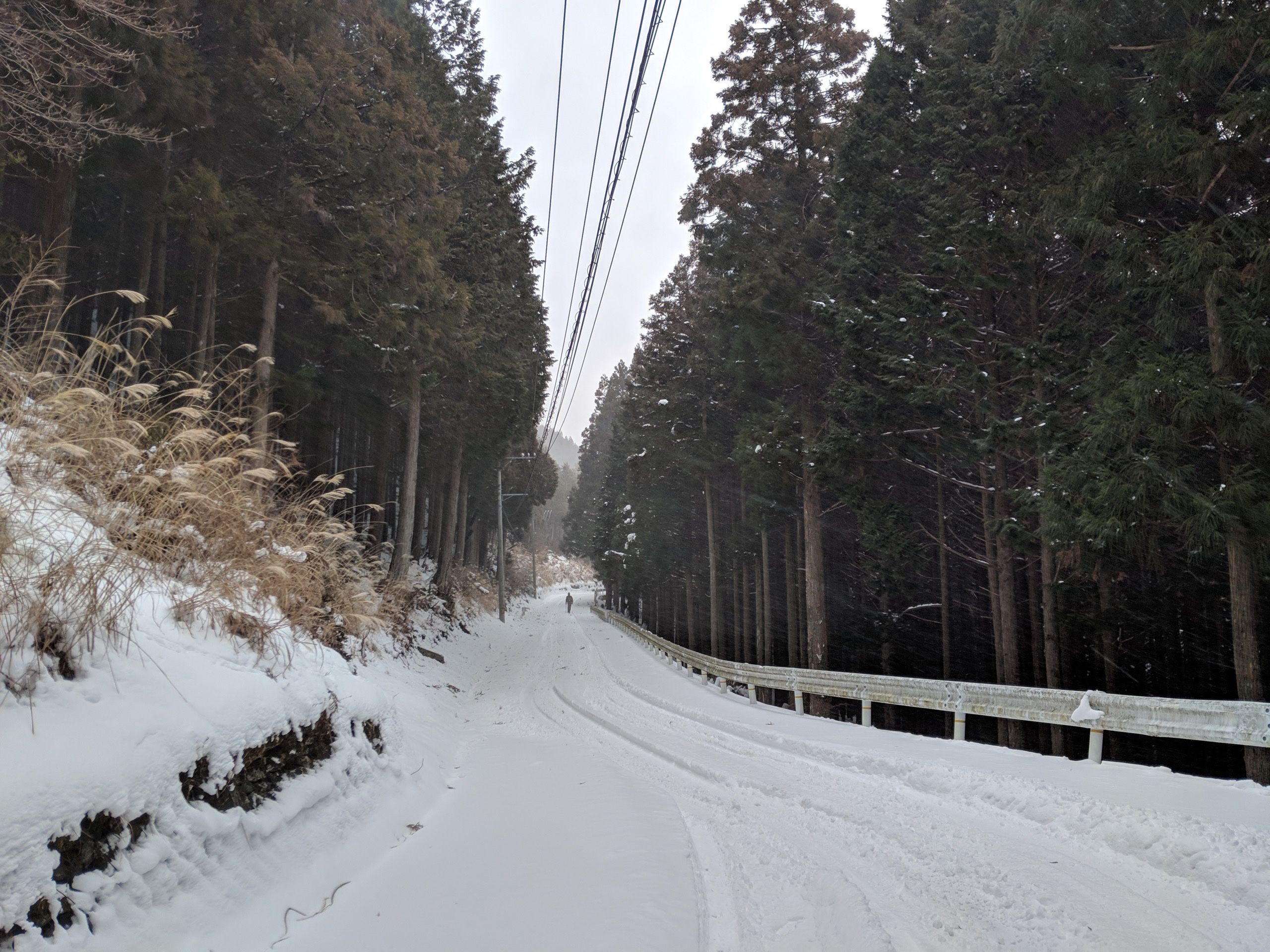
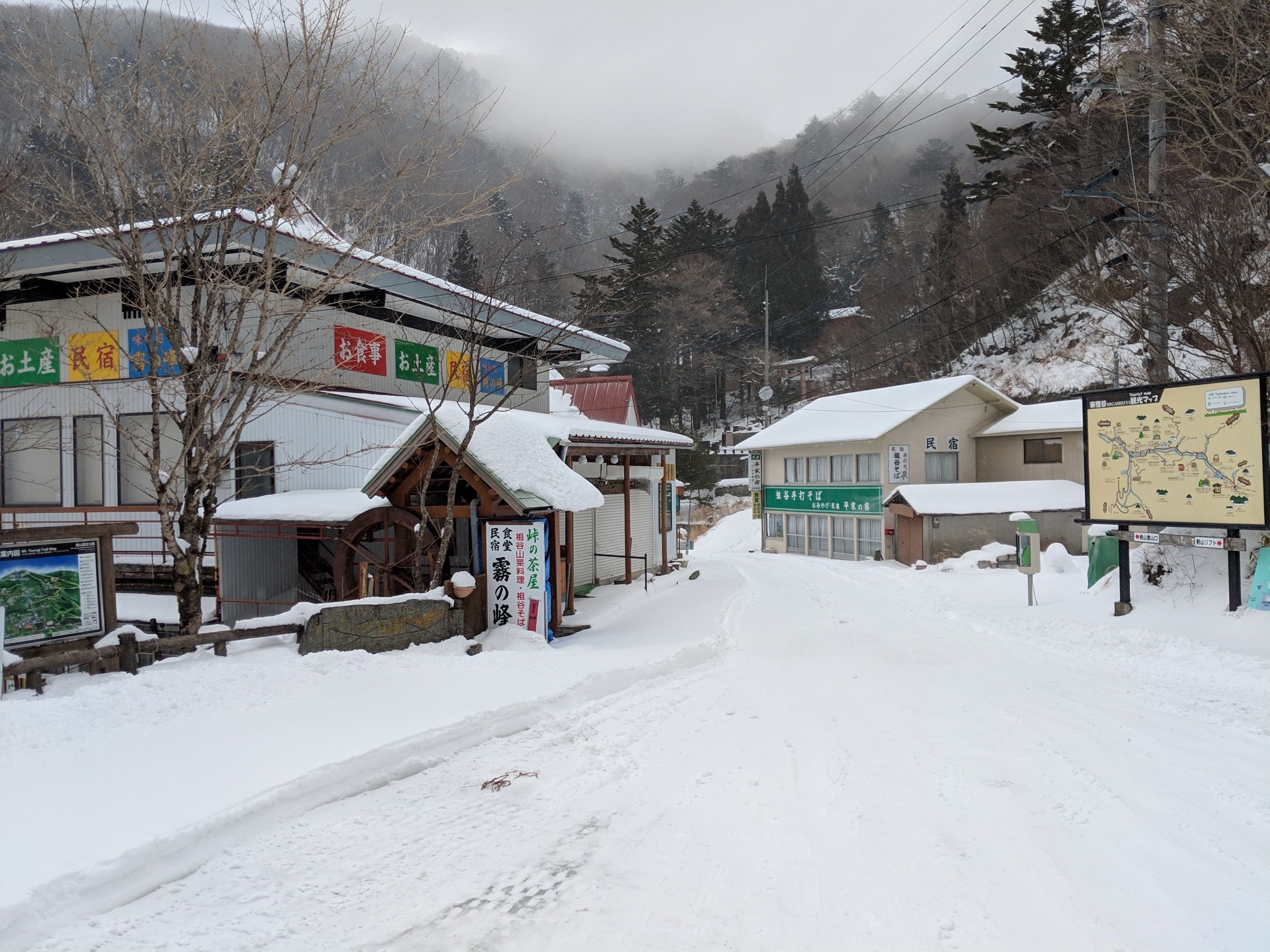
An icy wind blew across the short tunnel which connects the Iya Valley with the rest of the world, 1,425 meters above sea level. We walked across, expecting grilled trout and warm sake on the other side, but were greeted instead with a blizzard, and a restaurant closed for the winter. The world below us was stunning in its arctic cruelty in these gentle southern latitudes, and we were running out of food, out of body heat, out of daylight.
A connoisseur of conversations and country inns, Alan Booth did not climb Mount Tsurugi on his 1983 walk across Shikoku. Being a connoisseur of other things, it was the one place I had intended to diverge from his invisible footsteps. A quick glance at the whiteout conditions above us made Gyula and I reconsider. We descended into the Iya Valley, into a howling wind which blew the snow horizontally across its vast expanses and creaking forests. Somewhere out there, I could hear Alan’s ghost gently mocking us for our silly pretensions.
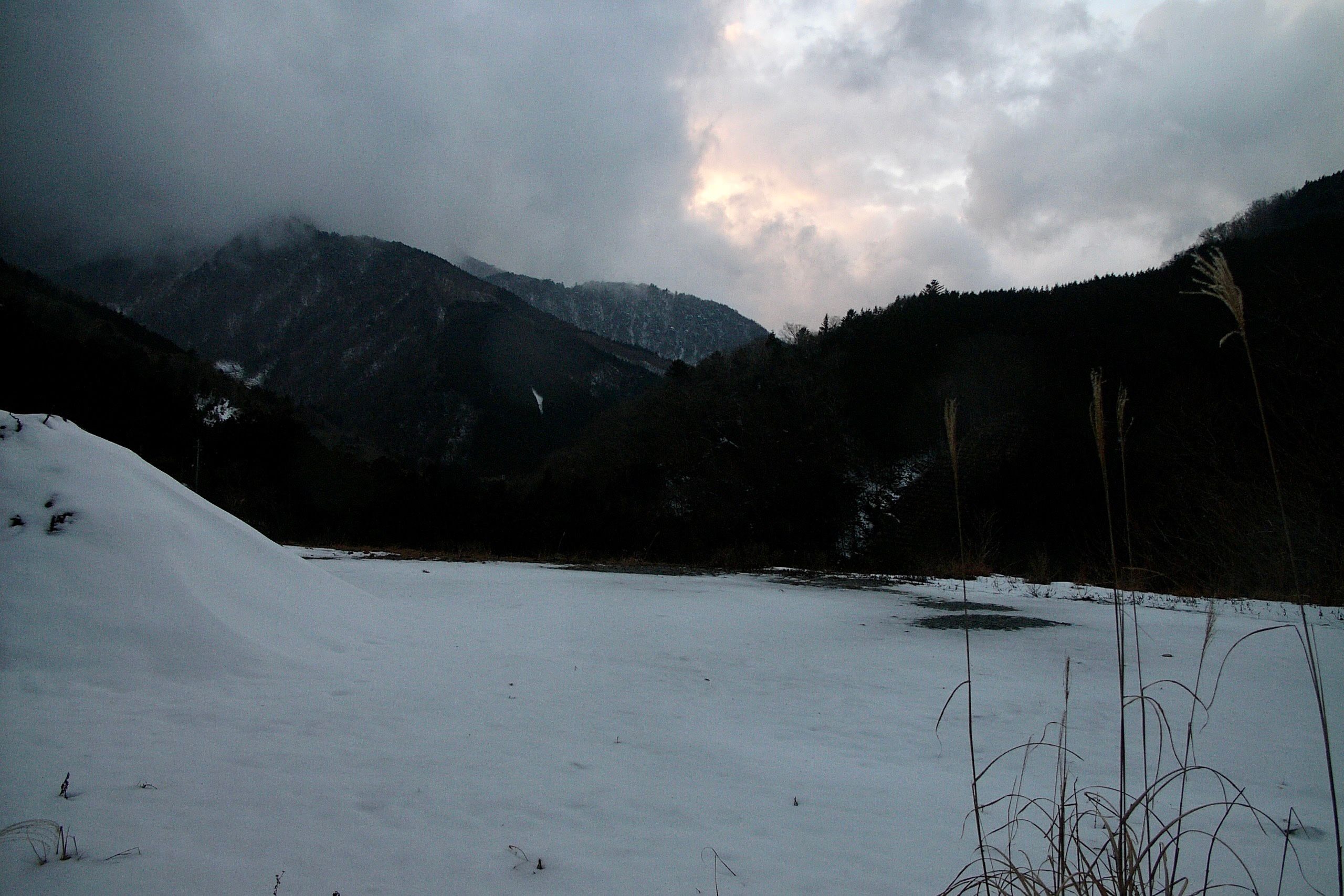
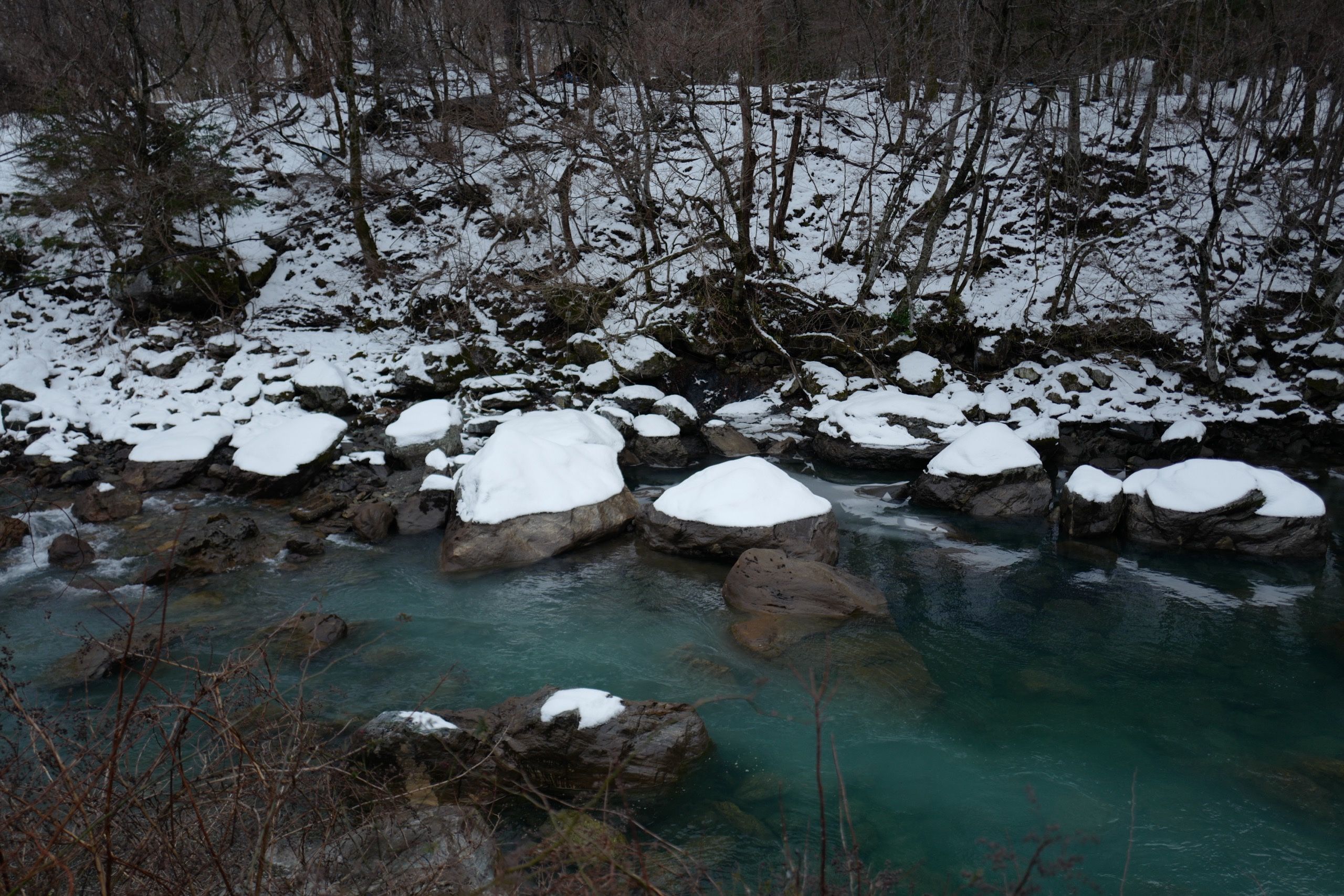
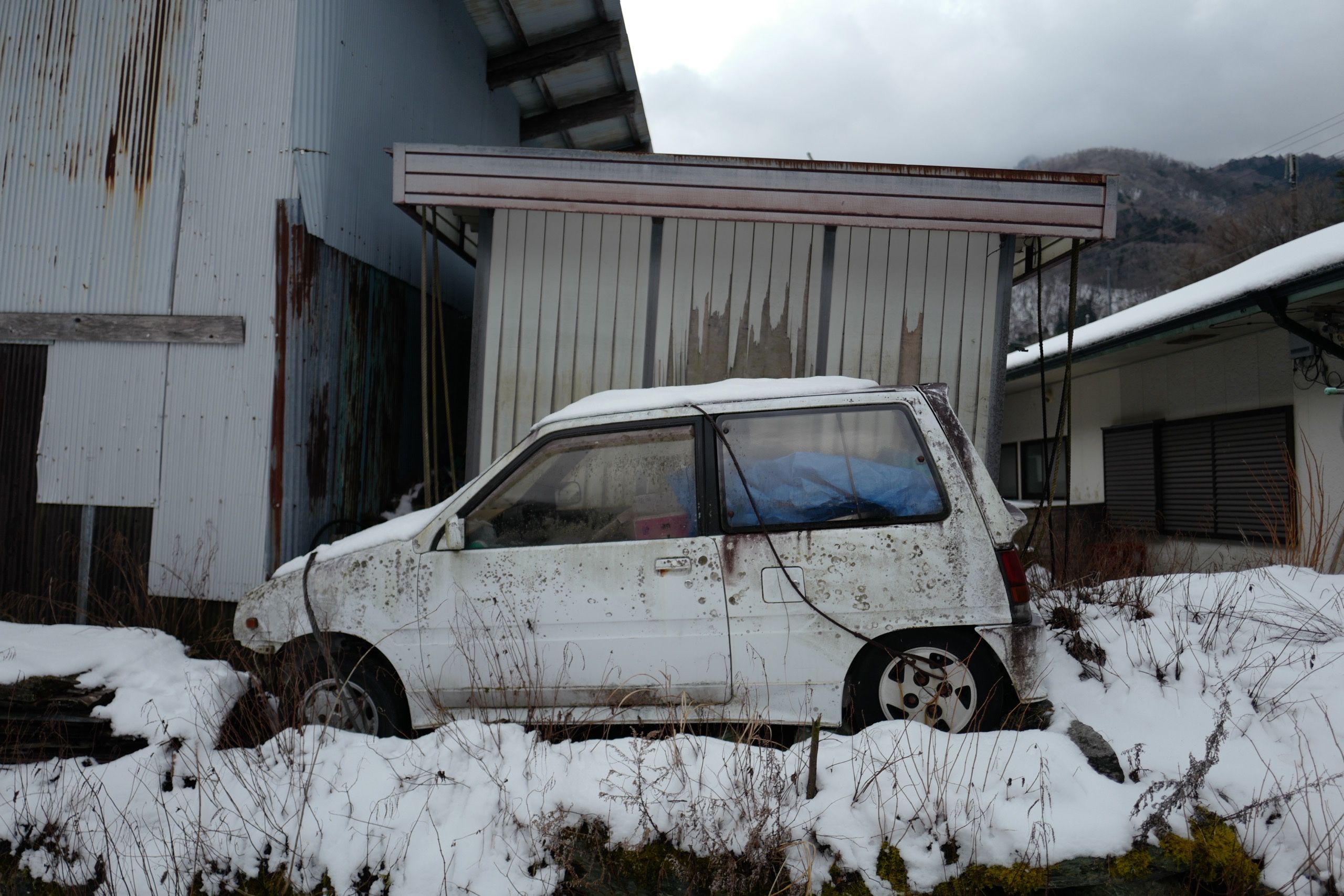
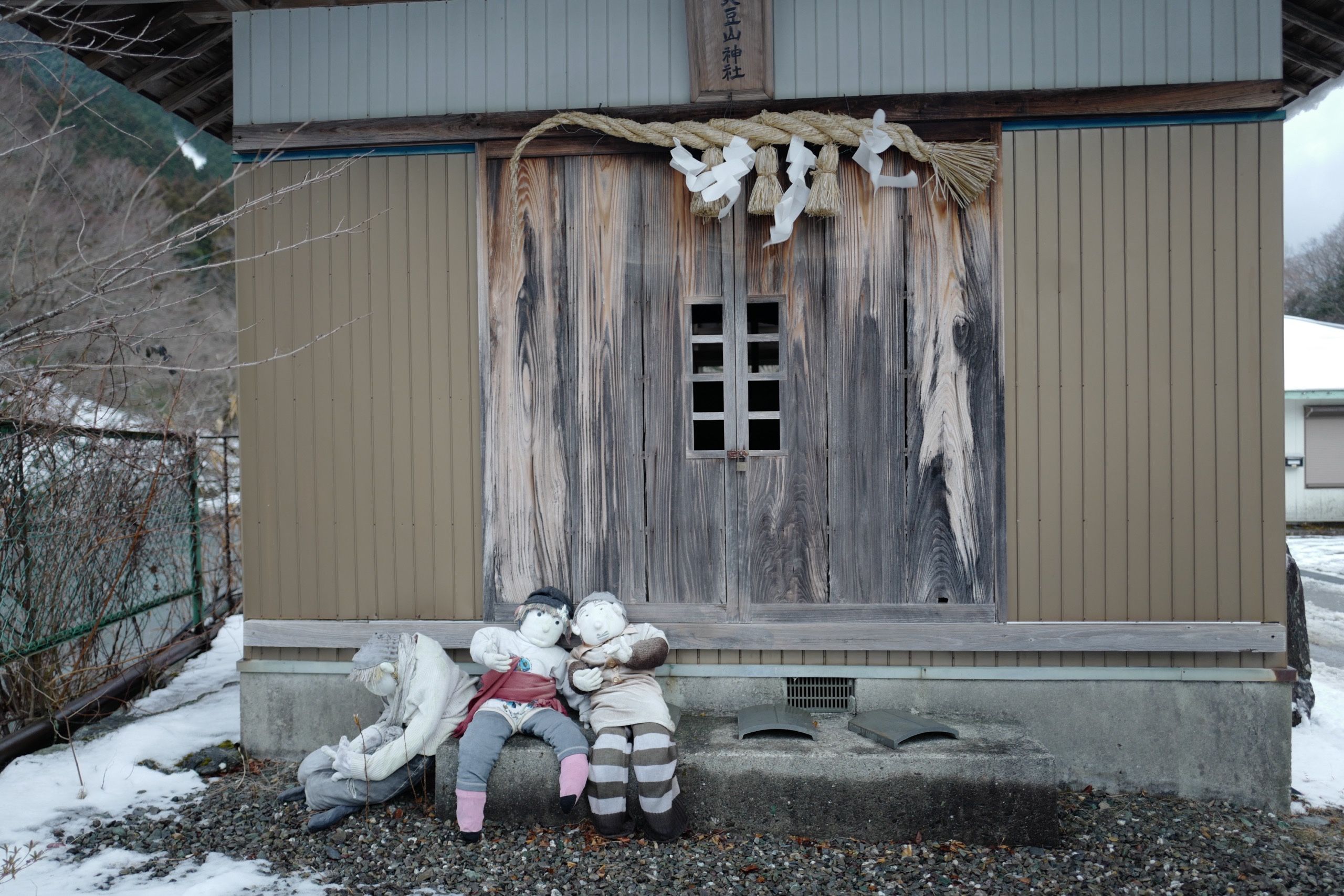
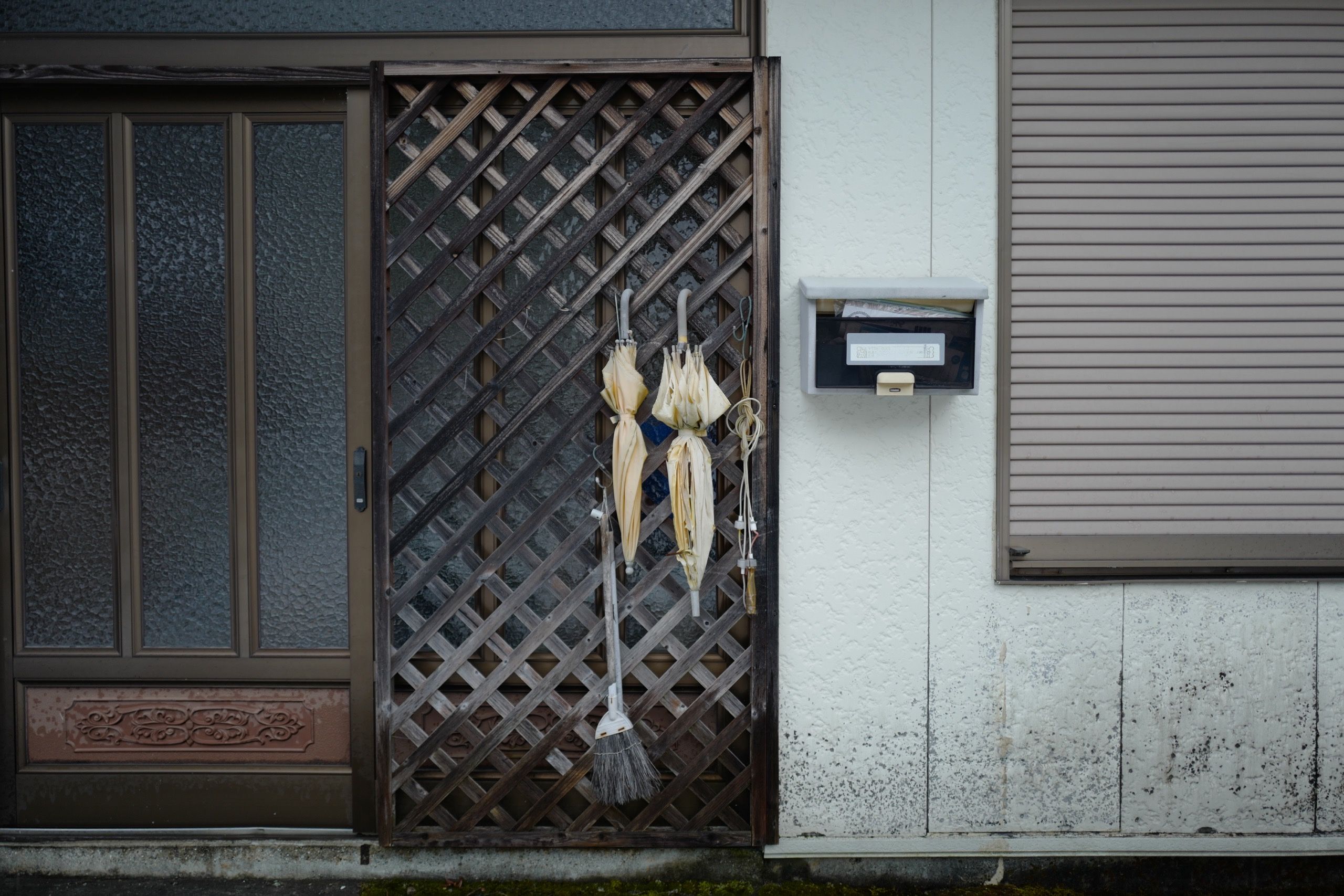
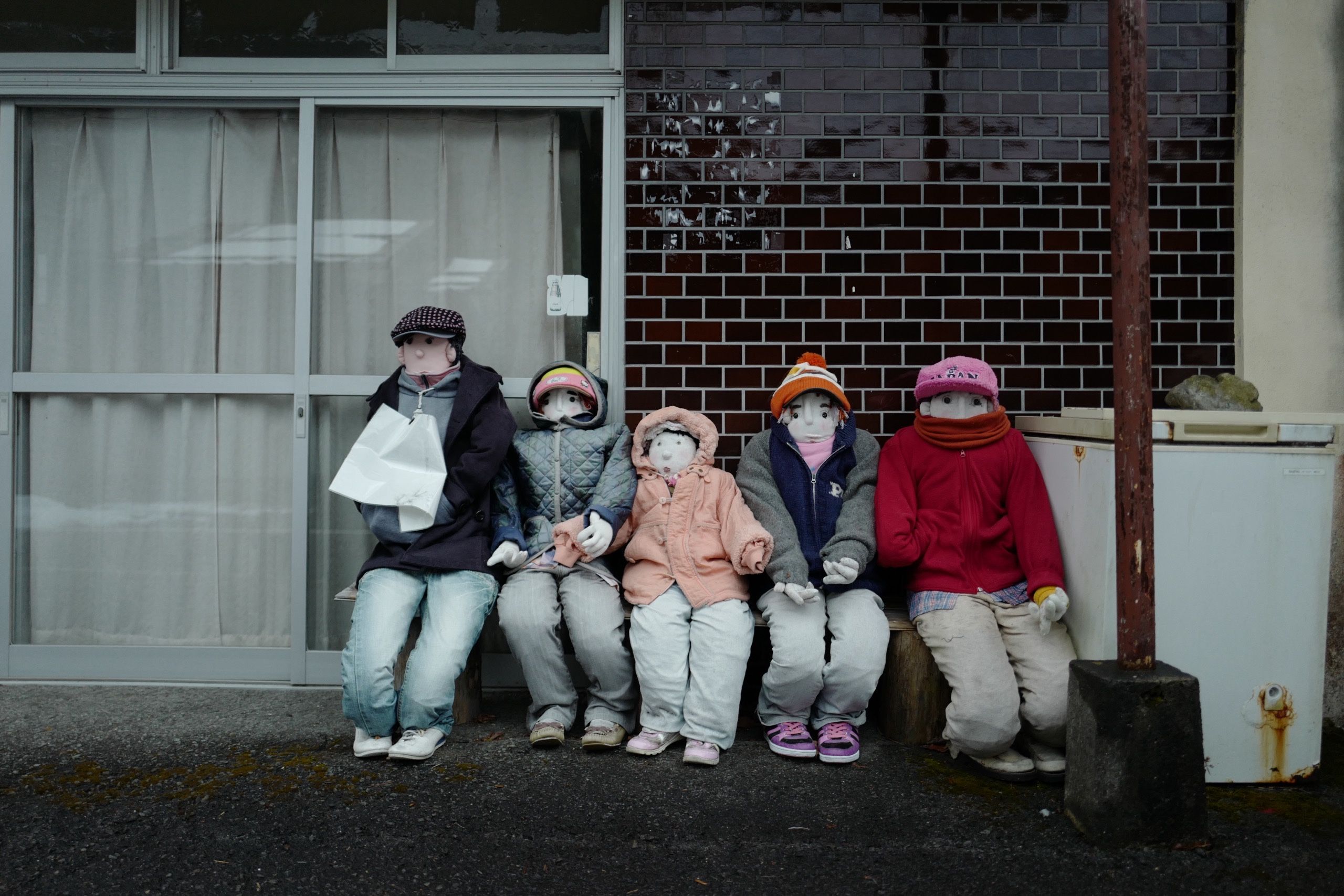
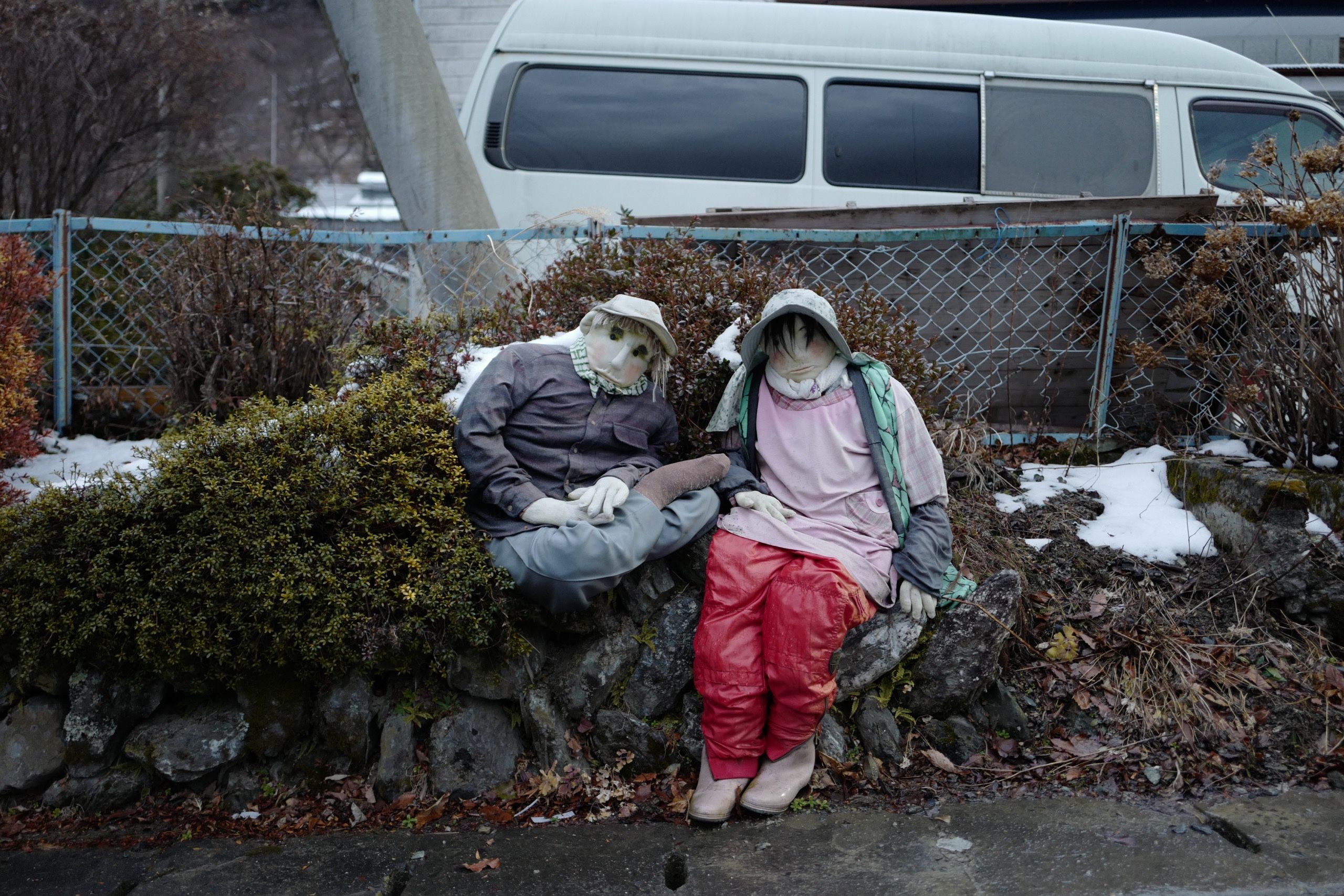
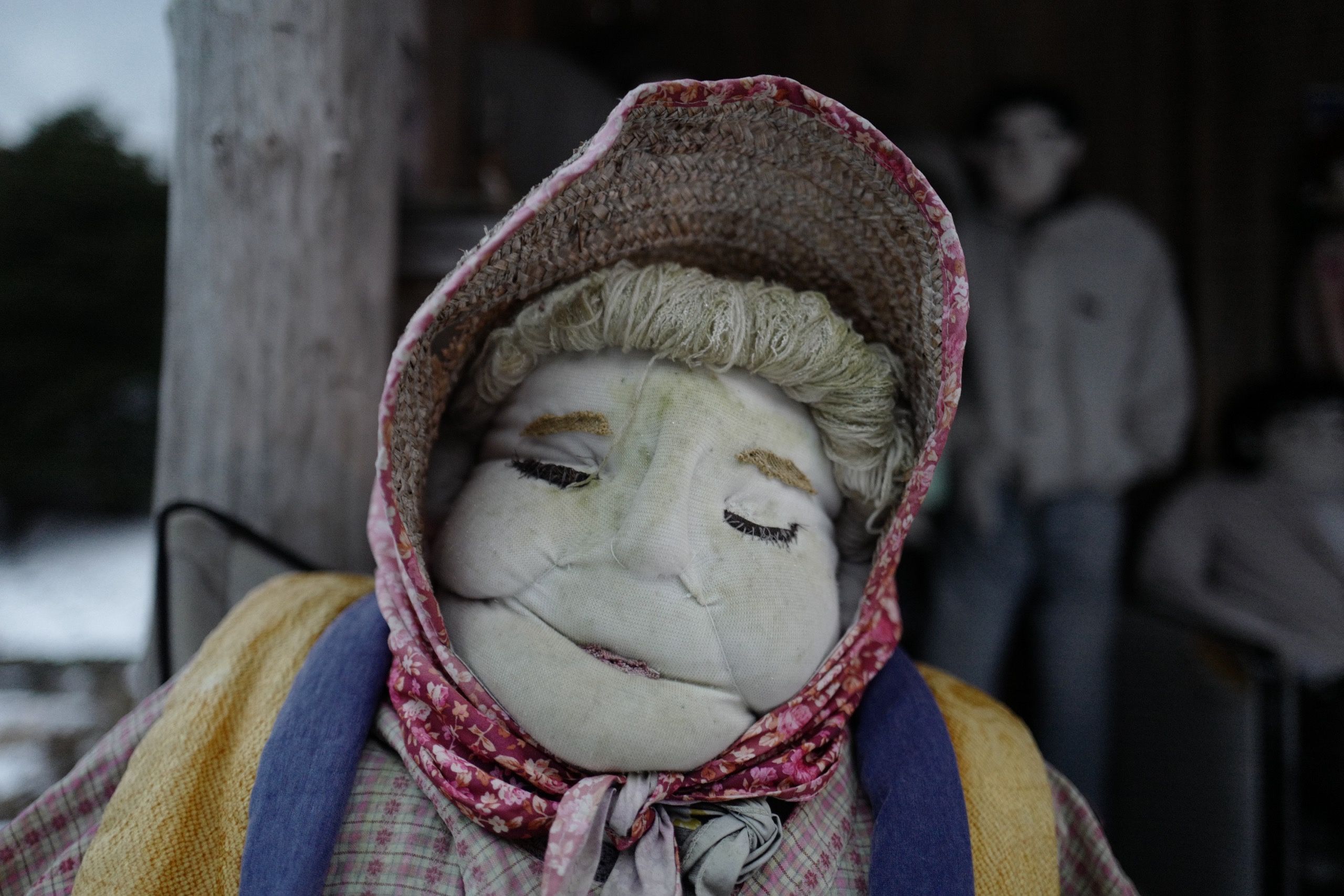
By walking into Nagoro, the first village in the valley, we immediately if temporarily increased its population by 7.4%. Its human population, that is, for the dolls of the departed and the dead were all around us, sitting, chatting, resting from their labors. And it was in this desolate light, the hazy grey of an afternoon in the dead of winter, that they made you thirty eight years old and feeing fifty, that they made you desperate to remember, and we knew we had to be fast.
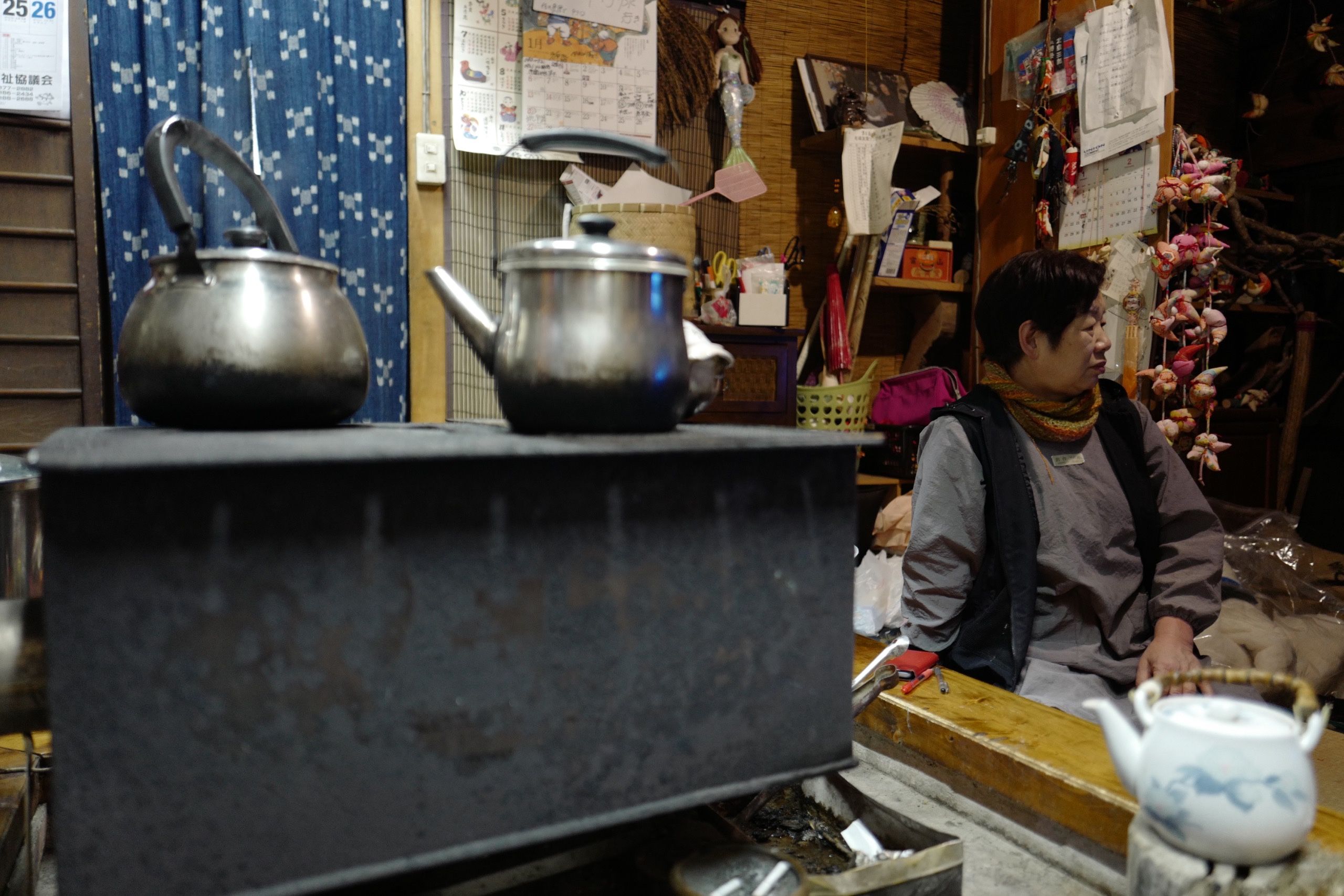
Ayano Tsukimi, the maker of the dolls, lived under blackened roofbeams in a 150-year-old house. Her father sat by the iron stove and smoked a cigarette. The heat was hypnotic and almost unbearable. She treated us like wayward children, making us drink cup after cup of green tea, feeding us steamed meat buns and a bowl of rice cooked with mountain vegetables. Satisfied that we would live, she saw us off into the night, and I waved to her small figure on the porch, my hands in gloves suddenly two sizes too small.
The diaphanous curtains of snow dancing outside our window turned into swirling clouds as the storm gathered during the night. “I had imagined myself in the presence of some lowering mountain god who treated creation neither kindly nor with jealousy, but with a terrifying indifference,” Alan Booth wrote. At 3:27 in the morning, an earthquake shook the house with a single shock. Dolls all around us watched our restless sleep in the freezing house.
Shikoku Field Diary was written on the 500-kilometer walk across Shikoku in January and February 2019 that became the subject of The Wilds of Shikoku, my first book.
Additional photography on this page by Gyula Simonyi.
